Affiliate links on Android Authority may earn us a commission. Learn more.
5 things we want to see from wearables in 2022
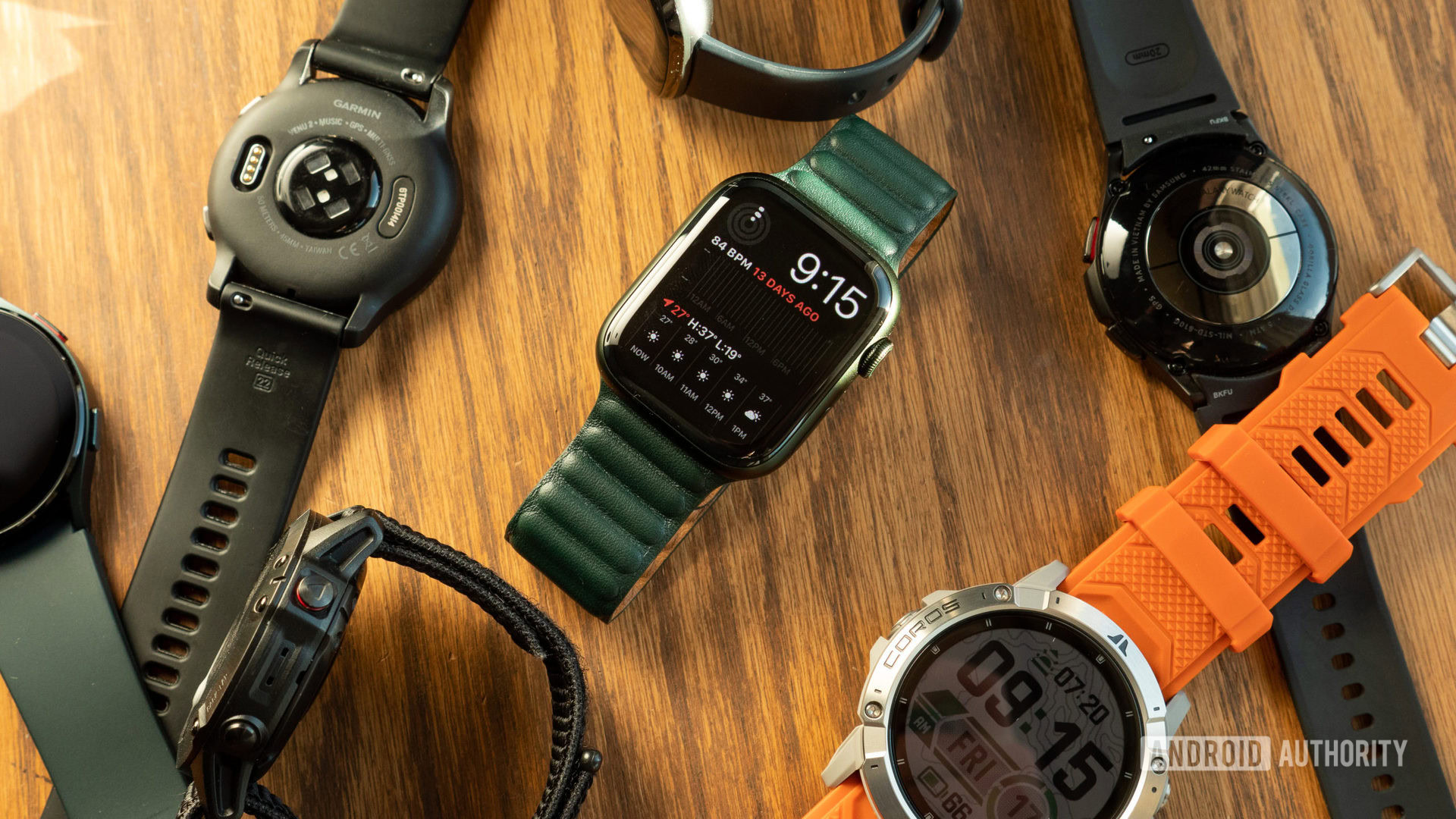
2021 was a year full of growth for the wearables market. Google and Samsung debuted the co-developed Wear OS 3 platform. Garmin released multiple wearables with compromises that were hard to find. Coros launched a watch with 60 days of battery life, no solar charging required. But for as many wins as the wearables market had this year, we’ve still found a handful of key areas that could be improved upon in the new year. Here are five things we want to see from wearables in 2022.
Related: The best smartwatches you can buy
1. Longer, multi-day battery life
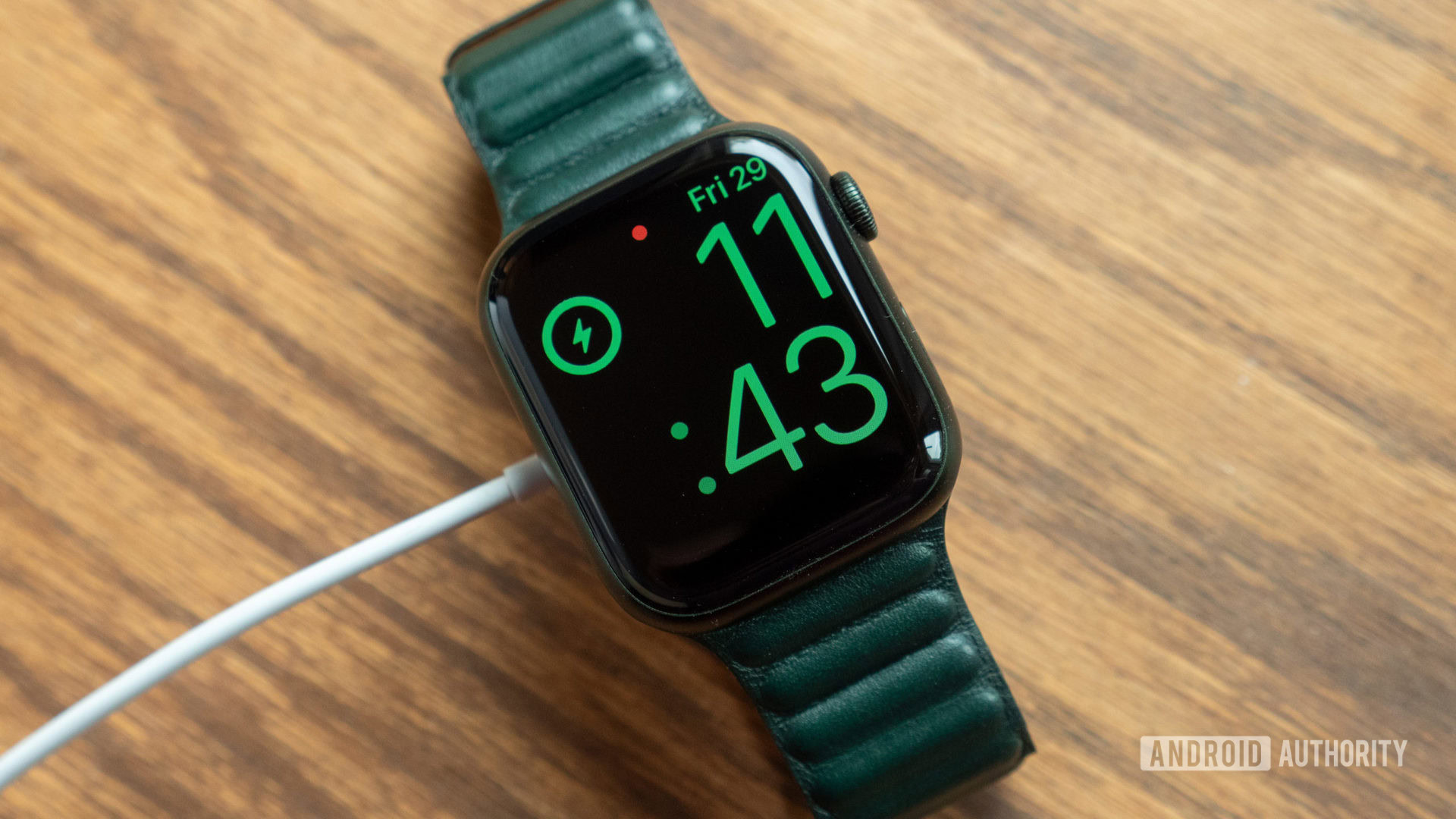
You knew this was going to be on the list at some point. It’s such a pain point for modern wearables, though, that we needed to put it at the top.
Some of the most popular smartwatches today — the Apple Watch, Samsung Galaxy Watch 4, or anything running Wear OS for that matter — can really only last a day or so with “normal” use. That’s not good enough, and we should expect more out of our wearables.
Apple is the easiest to pick on in this category. The first Apple Watch was rated for 18 hours of use. The Apple Watch Series 7, which launched seven years after the first-generation model, is still rated for 18 hours of use. Sure, it charges faster and can do more things, but day-long battery life is just not a good experience — especially after you’ve used a wearable that doesn’t need charging every day.
Battery life is a crucial smartwatch feature that some companies flat-out ignore.
Garmin, Huami, Coros, Xiaomi, and Fitbit all offer great battery life out of their devices. Real-time operating system (RTOS)-based wearables are much more power-efficient than watchOS and Wear OS, but these platforms oftentimes sacrifice features for longer battery life.
It’s an unfortunate decision wearable buyers need to make when choosing a new smartwatch or fitness tracker, but we’re hoping it doesn’t have to be this way one day. Apple and Google should focus more on battery life in 2022. It’s a bigger selling point than either of them think.
2. Focus on companion apps
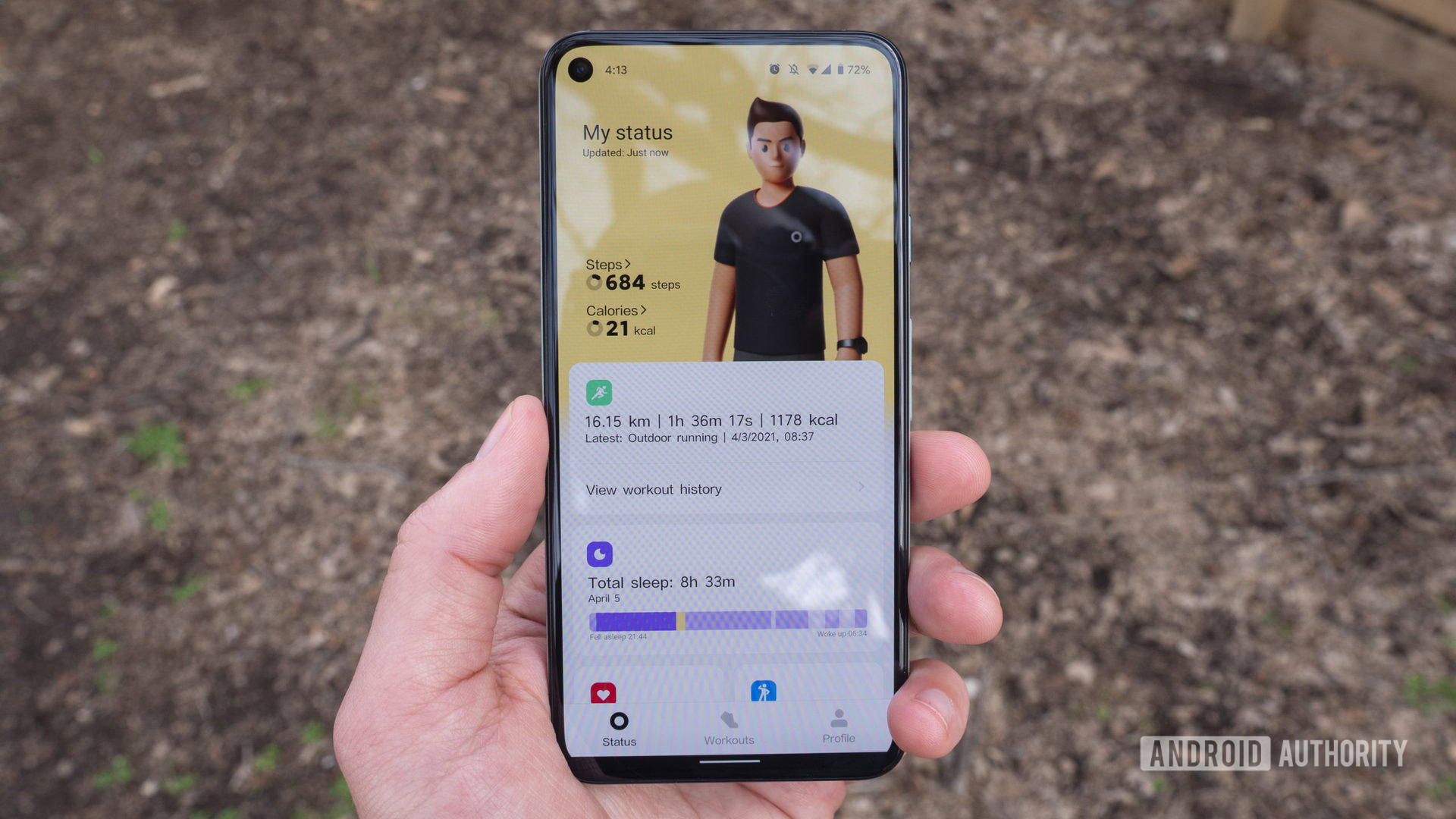
There’s more to a fitness tracker than the wearable you strap to your wrist. Much more. The best way to find out about the data your wearable collects about your body is to open up its smartphone companion app. Unfortunately, some companies treat these apps as an afterthought.
Depending on the company that makes your wearable, you might have access to an app that’s full of features, graphs, and useful insights on your health trends. Or, you might only get access to the most basic health data, presented in a way that’s either difficult to understand or lacking in some way.
We’ve had more than a few headaches reviewing wearables this year, primarily due to various brands’ companion apps missing features or needing a good polish. The HUAWEI Health and Xiaomi Wear apps, for instance, are two of the least-helpful apps when it comes to sharing your data with third-party services.
Also read: The best fitness apps for Android
If you want to dig into data recorded from your HUAWEI Watch GT 3, you’ll have a hell of a time getting anything of use out of the clutches of HUAWEI Health. Granted, the app does make it easy to view some of your data in easy-to-read graphs and charts, but that’s beside the point. Many people prefer third-party services like Strava or MyFitnessPal, and some companies straight up don’t let you share anything with those services.
It’s not just data exporting problems that we’ve run into this year. The redesigned Xiaomi Wear app is pretty, but also not a good fit for Xiaomi users in the United States. There are translation and conversion issues still found throughout the app today.
Even some of the apps we praise more often than not have little issues that can become annoyances over time. Garmin and Coros’ apps offer lots of data insights and useful graphs, but bloated layouts and confusing user interface elements can make for a frustrating experience.
3. More transparency on health sensors
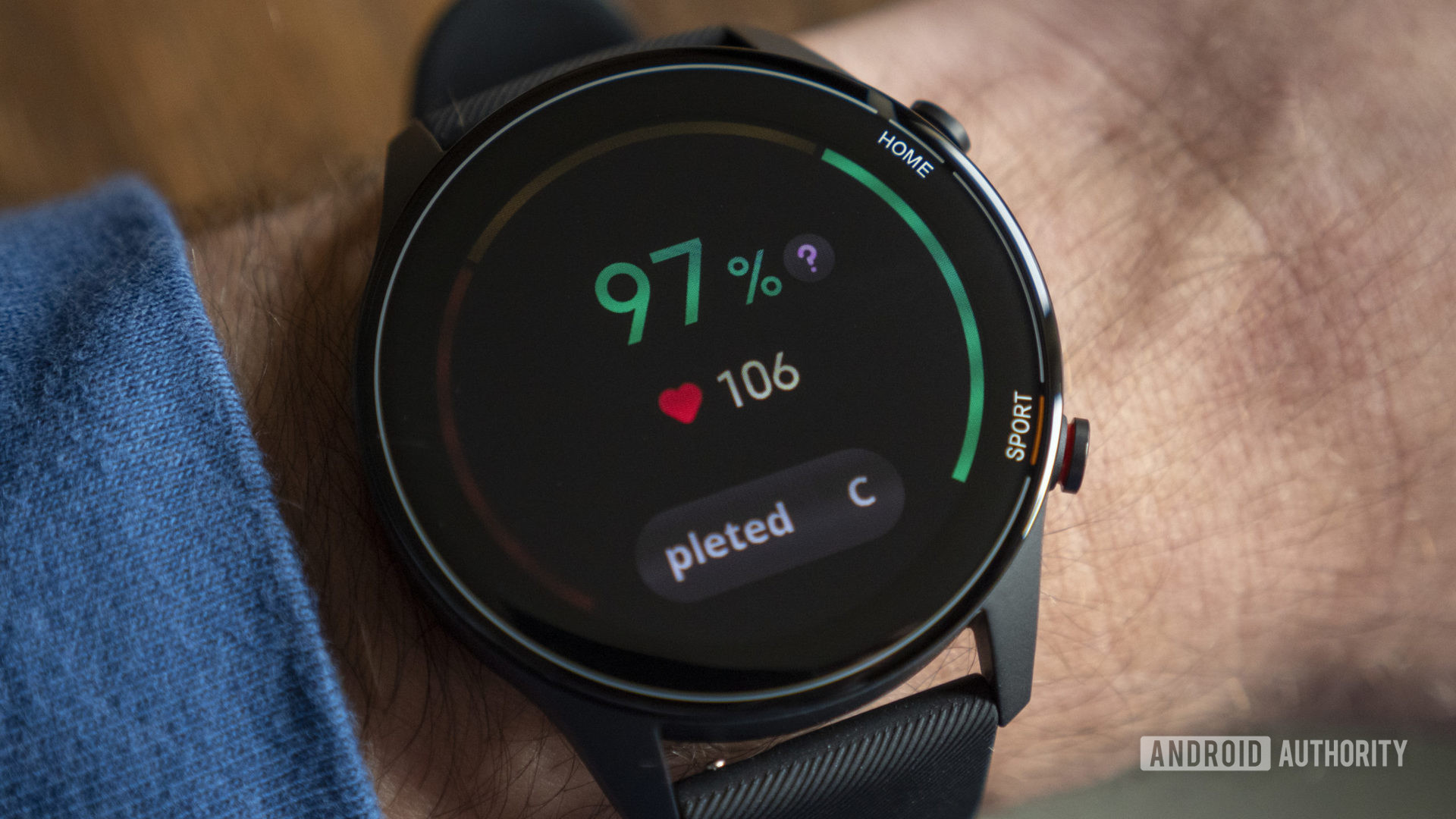
Fitness trackers are no longer simple pedometers; they can track everything from your heart rate to your body composition. Sometimes, companies get a little too carried away with the sensors that are “hot” right now and don’t exactly follow through with how they’re implemented.
In 2021, we saw pulse oximeters and electrocardiograms (ECGs) really catch on. The former, in particular, crept its way onto everything from high-end smartwatches to the cheapest of the cheap fitness trackers.
Indeed, tracking your blood oxygen levels throughout the day can be helpful for some people but likely isn’t a necessity for the majority of users.
Perhaps the most beneficial use case of SpO2 monitors is during sleep tracking, where the sensors can pick up on potential warning signs of serious conditions like sleep apnea. Unfortunately, many SpO2-touting wearables offer only the most basic form of blood oxygen tracking: manual spot checks throughout the day, not even all day or automatically during certain times of the day, let alone at night.
It's always important to read the fine print regarding ECGs, SpO2 monitors, and other advanced health sensors.
It’s not unfeasible to think that some sly marketing tactics could entice buyers into thinking they’re getting a powerful blood oxygen sensor that rivals the one on the Apple Watch, where in reality, they’re getting a simple sensor that’s little more than a novelty. For this reason, we tend to give plenty of praise to companies that go through the trouble to get their sensors medically certified before going to market. Fitbit, Withings, and Apple are particularly good in this regard.
We’ve also seen arguably misleading marketing tactics with ECGs. The new Coros Vertix 2 incorporates an ECG monitor, but it doesn’t actually record any ECG data. It’s only used to take a one-minute heart rate variability (HRV) recording, which is useful but not what most people think of when they see the word ‘ECG’ on a product page.
These things might not seem like a big deal to most people, but marketing can be a tricky thing. It’s important to be upfront with potential buyers about what certain health sensors actually track.
4. Fewer ecosystem lock-ins

No one likes their tech products to be locked into a company’s walled garden, no matter how good its products and services are. Apple is the easiest to criticize in this sense. It still somehow doesn’t allow for third-party watch faces on the Apple Watch, nor can the wearable be paired with Android phones. Apple users are all too familiar with ecosystem lock-ins. However, we’ve seen more brands embrace the walled garden strategy this year than ever before.
The Samsung Galaxy Watch 4 was one of the best smartwatches released this year, thanks in part to Google and Samsung’s smooth new Wear OS 3 interface. Some features just aren’t available if you don’t own a Samsung phone, though. Non-Samsung users can’t access the Samsung Health Monitor app, which enables the Galaxy Watch 4’s ECG monitor, a feature that’s heavily advertised on the Galaxy Watch’s product page. Blood pressure monitoring is also unavailable if you don’t have a Samsung phone.
We also can’t forget the lack of Google Assistant on the Galaxy Watch 4. Even four months after the watch’s launch, users can still only access Samsung’s far less-capable Bixby voice assistant. This is likely a result of Samsung’s exclusive rights to Wear OS 3 until mid-2022. Speaking of which, Wear OS 3 devices will only be able to pair with Android phones, not iPhones — another unfortunate limitation that users with Wear OS 2 devices don’t have to deal with.
Huawei’s new Watch GT 3 is also a fantastic piece of hardware, but again, it comes with a number of limitations depending on which OS your smartphone runs. iOS users can oddly somehow only download free watch faces, but not buy them. Some crucial features like NFC payments via the Wallet app, the new Healthy Living Shamrock feature, MeeTime calling, and HUAWEI’s voice assistant are inaccessible depending on the smartphone you use. Your best bet is to use a HUAWEI phone with one of HUAWEI’s smartwatches, but even then, some of these features are still region-exclusive.
Limitations like these are something we expect out of wearables nowadays, unfortunately, but we’re hoping that changes in 2022.
5. Get your charging cables under control
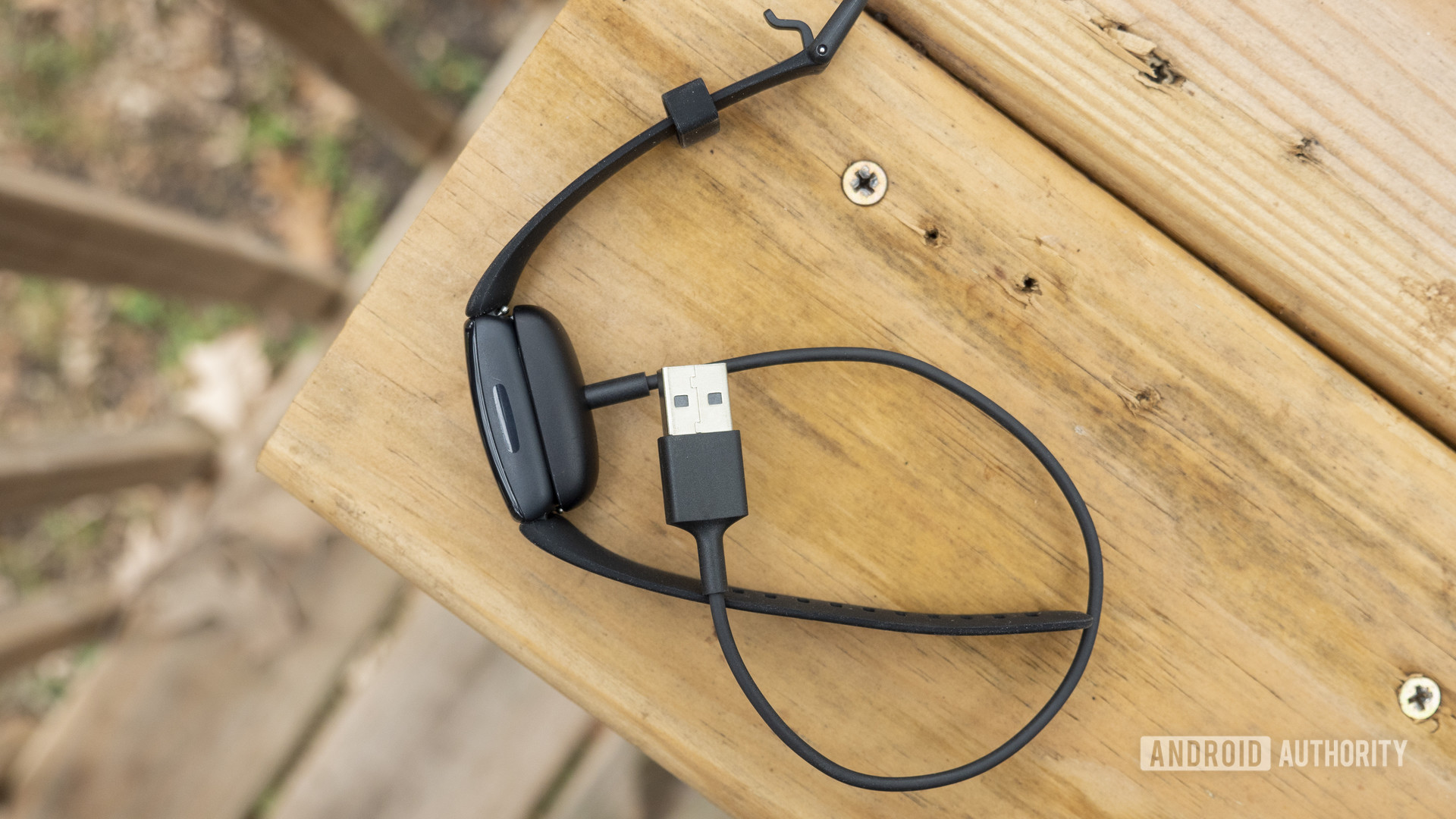
The tech industry debated throughout 2021 whether or not companies should be including charging cables with their smartphones. After all, most people own at least one or two USB-C cables, so why add to the world’s growing e-waste problem by including another one that you may or may not use?
The conversation is a little different in the world of wearables. Companies always include a charging cable of some type with their smartwatches or fitness trackers. But the charging cable isn’t always standardized across companies’ devices, and there’s certainly no standardized charging cable between manufacturers.
Required reading: To solve the smartphone e-waste problem, we first need fewer disposable devices
Fitbit is probably the worst offender in this regard. Buying a new Fitbit usually requires you to use the same cable that shipped in the box with your tracker. The Fitbit Sense and Versa 3 use different charging cables from the original Versa, Versa Lite, and Versa 2. The Fitbit Charge 5’s charging cable is different from the Charge 4’s, which is different from the Charge 3 (and so on). Same with the Inspire 2, Luxe, and other basic fitness trackers. If Fitbit puts out a new wearable, they’ll design a new charging cable around it. Not good for the environment, Fitbit!
Xiaomi is in a similar boat, though it only switches charging cables every few generations.
Not all companies are this way. All Apple Watches use the same magnetic charging cable. Fossil and SKAGEN watches use the same cables, too. So do (most) Garmin watches and Coros wearables.
In a perfect world, we’d have one standard wearable charging cable across all companies’ devices. That’s probably too much to ask, so at the very least, we’re asking for Fitbit, Xiaomi, and other notable wearable makers to stick with one charging cable.
You tell us: What do you want to see from wearables in 2022?
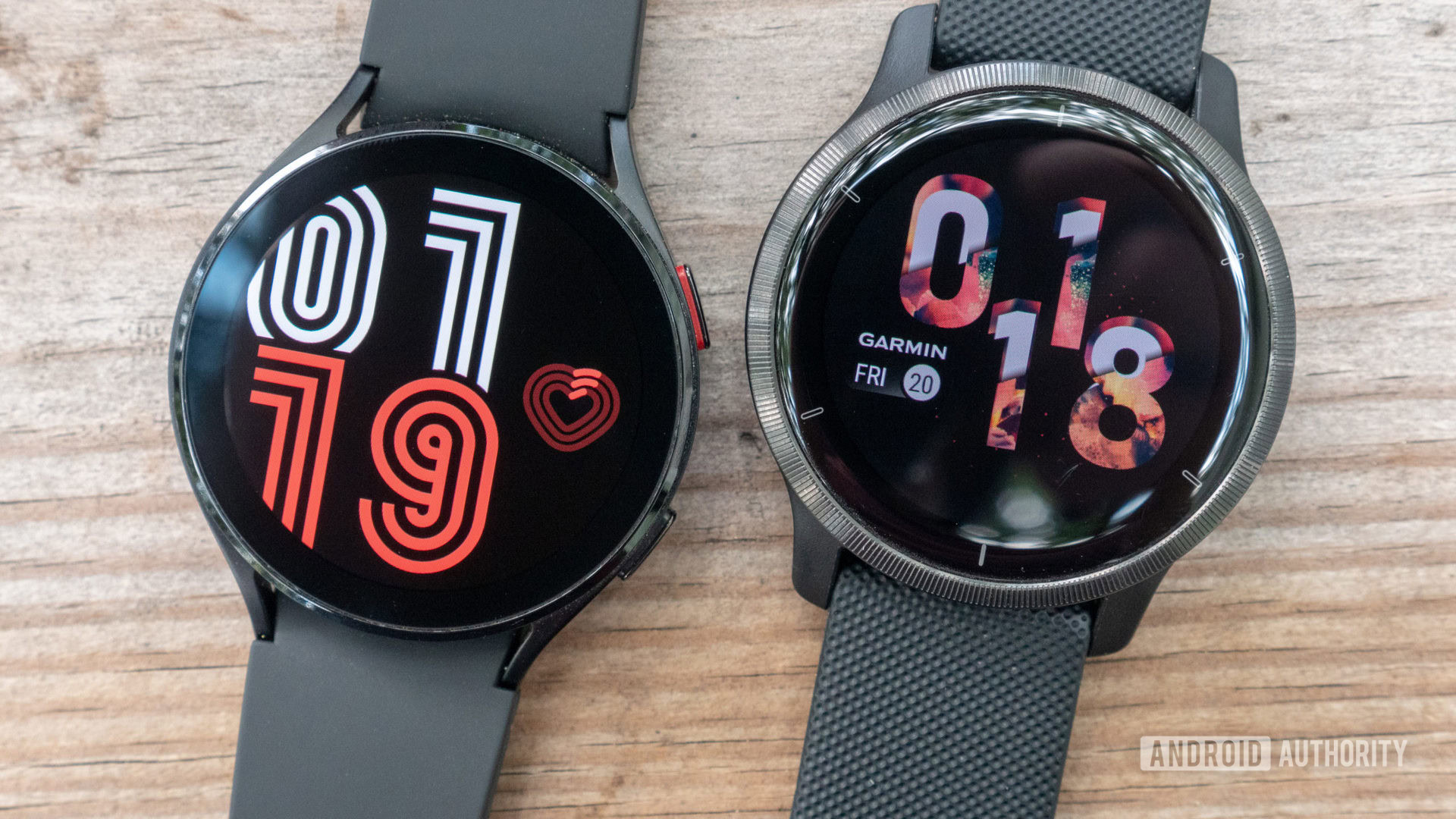
Those are our biggest gripes about wearables in 2021 and what we hope to see from certain devices in 2022. Did we hit on one of your main complaints? If so, cast your vote in the poll attached below. We’d love to hear your thoughts on where you think the wearables market should head in the new year.
What do you want to see most from wearables in 2022?
Of course, if there’s something else you’d like to add, sound off in the comments.